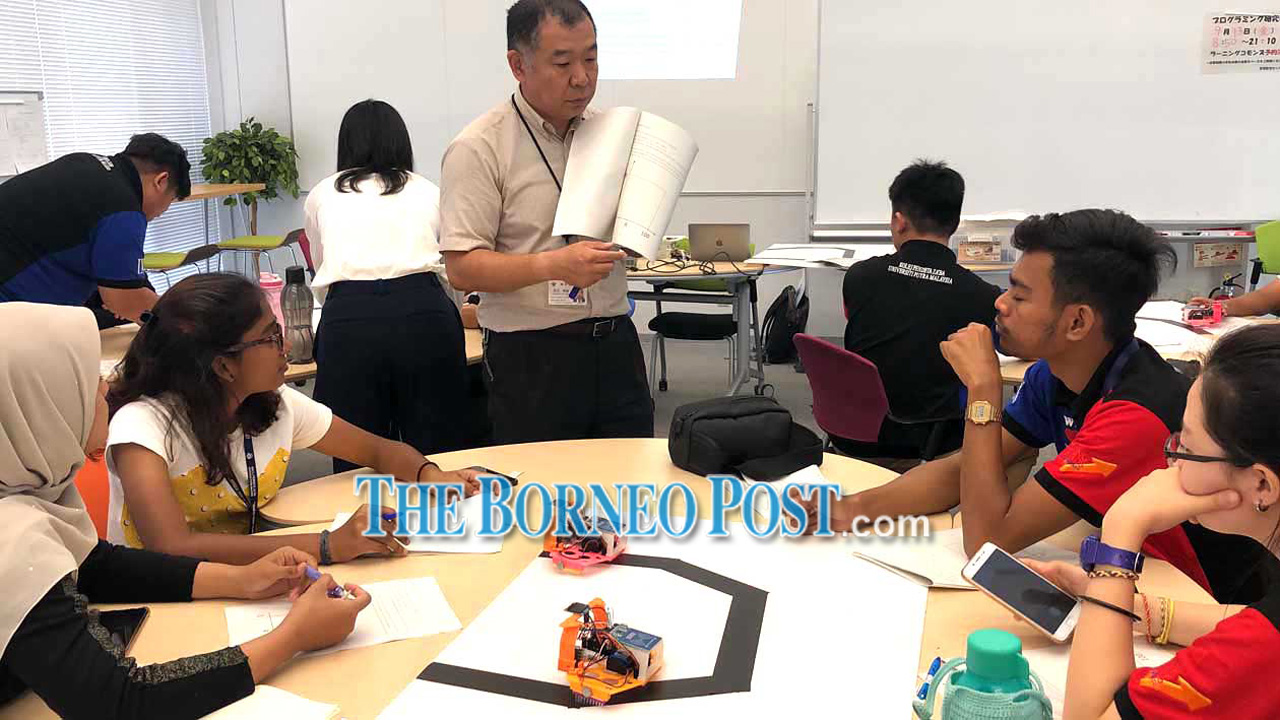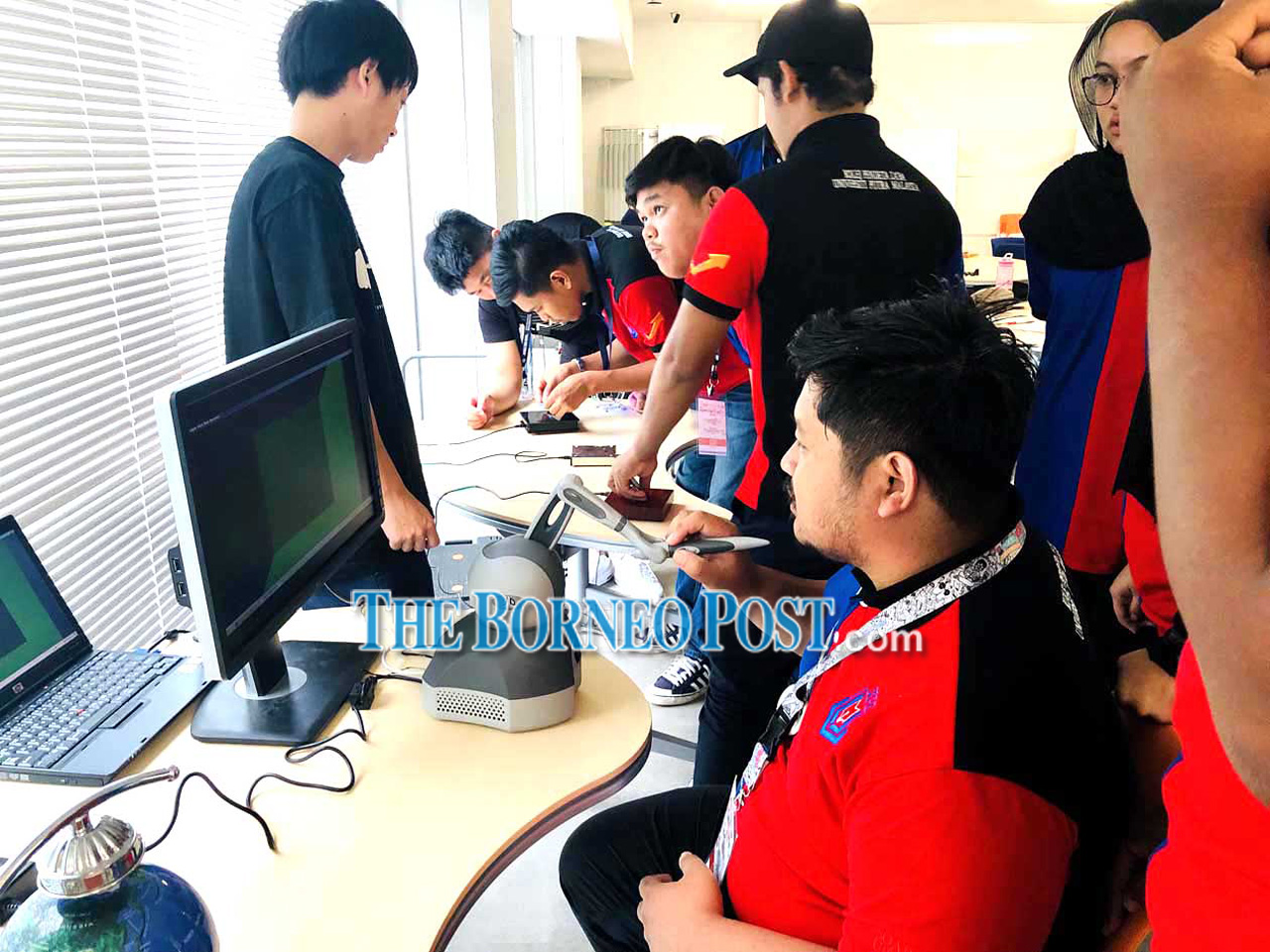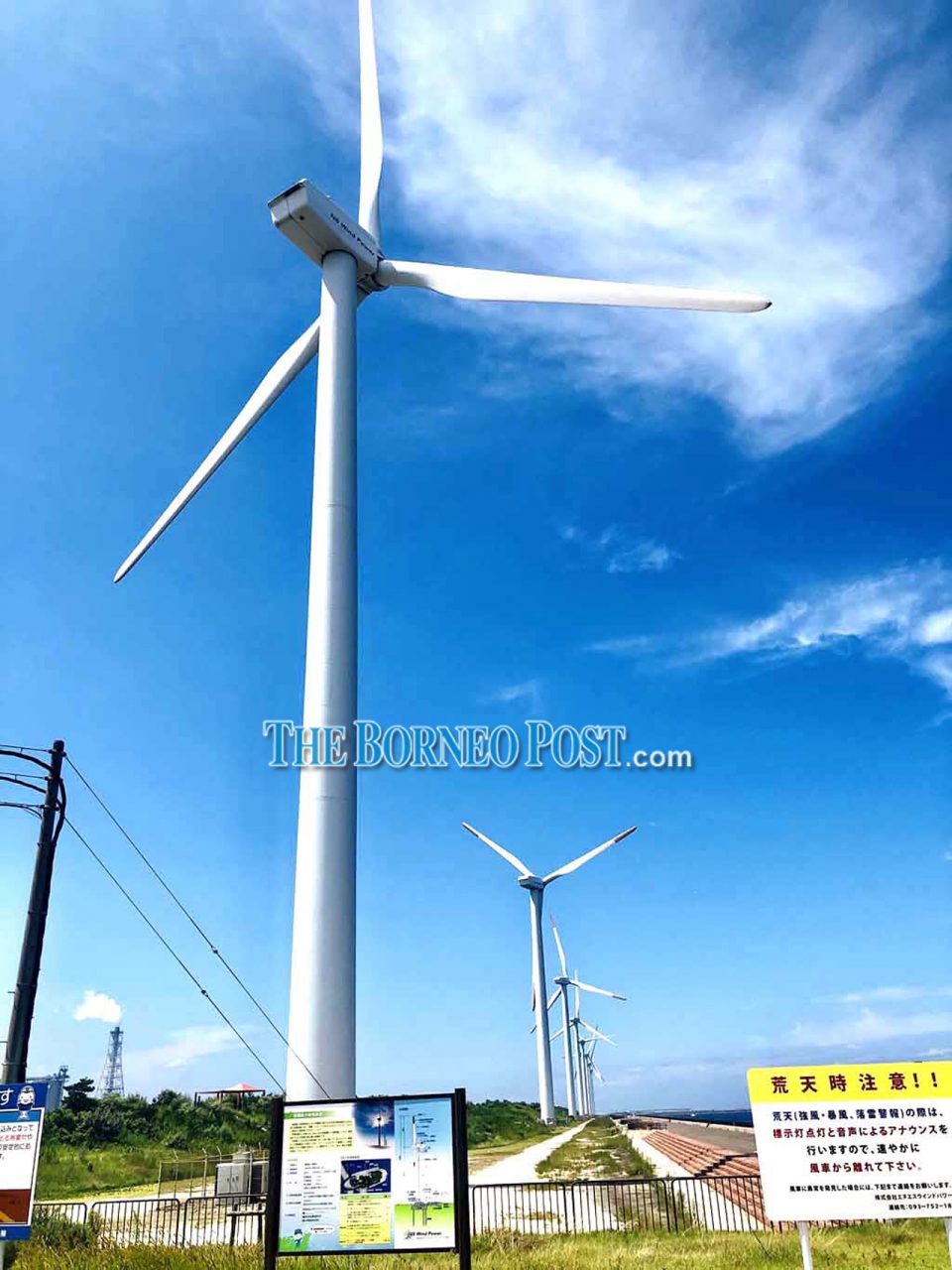ABOUT 20 Malaysian students spent two weeks in Kitakyushu, Fukuoka town, on a short-term mobility exchange programme, learning about Japan’s etiquette, culture, environment, humanitarianism, and technological advancements under the Look East Policy.
The students from Kolej Pendeta Za’aba Universiti Putra Malaysia (UPM) Serdang and Kolej Sri Rajang UPM Bintulu Campus (UPMKB) participated in the programme at Kyushu Institute of Technology (Kyutech) from Sept 1-15.
They were accompanied by relationship officer Rosidah Basir to Fukuoka town, dubbed the Eco Model City.
UPM and Kyutech Japan have been carrying out the exchange programme since 2012. Every year, 20 students will be sent to Kyutech, according to coordinator Assoc Prof Dr Arifin Abdu.
The programme, which is fully supported by UPM Students Affairs and Alumni deputy vice-chancellor Prof Dr Mohd Roslan Sulaiman, is in line with UPM’s vision and mission to foster goodwill among students as emphasised by its vice-chancellor Prof Datin Paduka Datuk Dr Aini Ideris.
Arifin, who is the principal of Kolej Pendeta Za’aba UPM, said the students had the opportunity to learn the socio-cultural values and work ethic of the Japanese, which make their country one of the most developed in the world.
Dr Akitochi Hanazawa explains how robots are programmed to function according to industrial needs.
In 1960, in almost all the industrial areas in Japan, especially Dokai Bay and Tobata in Kitakyushu, chemical waste from factories polluted the water and air due to rapid industrialisation resulting from technological advancements.
However, through technology and etiquette, the Japanese successfully transformed Fukuoka town into an Eco Model City.
Based on this interesting background, the UPM students were able to gauge for themselves Japan’s ability to achieve tangible long-term results vis-à-vis the Sustainable Development Goals (SDG).
The SDG were gazetted during the 2012 UN Conference on Sustainable Development in Rio de Janeiro to replace the Millennium Development Goals (MDG).
The 17 SDG objectives are zero poverty; zero hunger; good health and well-being; quality education; gender equality; clean water and sanitation; affordable and clean energy; decent work and economic growth; industry, innovation and infrastructure; reduction of inequalities; sustainable cities and communities; responsible consumption and production; climate action; life below water; life on land; peace and justice; strong institutions and partnerships.
UPM students ride a Shikansen bullet from Kokura station to Hakata as they head to Fukuoka town.
Malaysia and Japan have been cooperating to achieve the SDG objectives to provide clean water and sanitation, affordable and clean energy, sustainable cities and communities, responsible consumption and production, and climate action.
The objectives have been applied in Japan to Kitakyushu town, among others, and in 1960, they managed to overcome the heavy pollution problems in the country.
Based on its infrastructural transformation, Japan has one of the most systematic and advanced public transport systems, boasting the world’s fastest train, the Shinkansen (bullet train), and other excellent public amenities.
Japan is a developed country and its workers are earning high income due to the country’s economic stability.
During the programme, the students researched on SDG topics and implementation together with the locals and Kyutech students, opening up opportunities for greater cooperation between Malaysia and Japan in achieving the 17th SDG goal of strong institutions and partnerships.
One of the interesting classes conducted by Dr Nobuo Sakai on robotics for humanity biomedical engineering.
Hands-on learning
The hands-on learning at the Eco Town Centre in Sinmoji Waste Management Centre factory, one of the 10 largest recycling centres in Kyushu Island, exposed the students to the growing awareness of the importance of environmental conservation.
The students also learned about the technology used in waste management whereby waste is made into products through recycling for use by the locals.
Using this recycling technology, Japan is creating medals for the 2020 Olympics it is hosting, each coated with 1gm of recycled gold.
Japan is prioritising environmental sustainability by ensuring its population is educated in waste disposal, starting from home. Based on such a culture, recycled products have been turned into commercial products to generate income from sales of recycled items like clothes, plastic bottles, toilet paper, plywood, accessories, phones, and mercury from laptops.
Kitakyushu, Fukuoka was named the Eco-Town Centre in 2001 and has become a research and main project centre to develop Kitakyushu.
The Japanese have moved a step further to develop Kitakyushu as the Next Generation Energy Park by providing several power resources such as biomass and other natural assets for the benefit of the next generation.
The wind power generation plant.
The students visited one of the plants for wind power generation. Each plant is capable of producing 1,990KW of power and the electricity is sold to the power companies in Japan.
They then called in at the Shabondama Soap Co Ltd factory at Wakamatsu-ku, about 30 minutes from Kyokodai Campus.
The factory produces soap based on the concept of promoting healthy bodies and clean water. The students learned how soap is made from organic materials and water without chemical materials. The method of using natural materials is one of the contributing factors to achieving 17th SDG goal in Japan.
Sustainable robotics technology, widely used in the medical and automotive industries in Japan, is a subject of great interest for the students. To learn more about it, they visited a leading manufacturer of Motoman robotics, the Yaskawa Electric Corporation, located in Kitakyushu industrial area.
The students found the visit exciting and educational. They believe robotics technology could help to achieve the SDG goals.
Ariffin hoped after attending the programme, the students would be able to increase their awareness of environmental protection, mastery of technology and identity, and apply it for the good of society.
“This programme is based on the Look East Policy mooted by Prime Minister Tun Dr Mahathir Mohamad in 1982,” he added.





For more details, please click here : https://www.theborneopost.com/2019/10/13/students-on-look-east-exchange-programme/
Date of Input: 18/10/2019 | Updated: 18/10/2019 | lanz
MEDIA SHARING




































